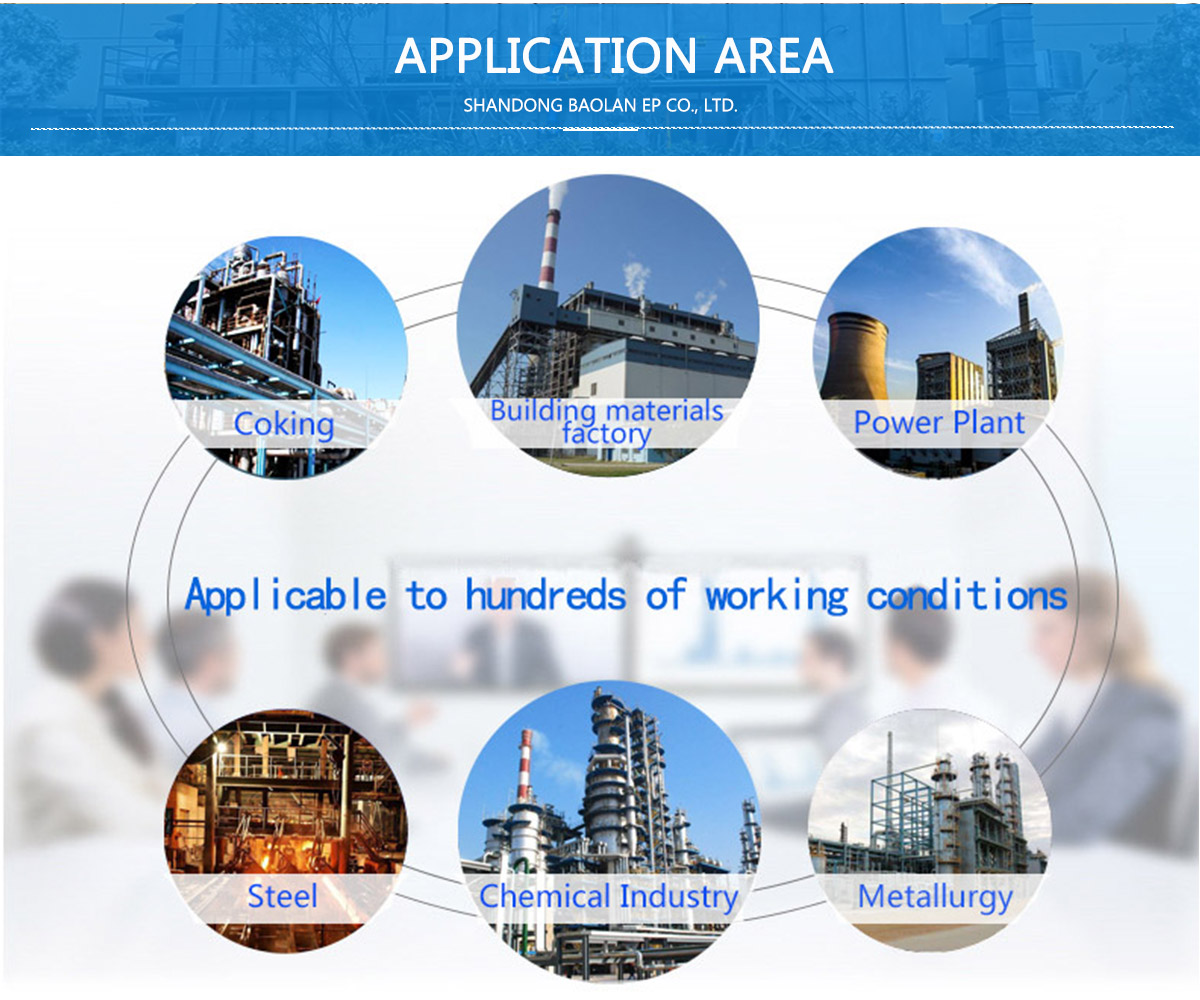Welcome to BAOLAN EP INC.
24-Hour Hotline
- Carbon Capture Utilization
- VOCs series
- DeSOx-DeNOx-Dedust
- Consumables

Contact Baolan

Address: Jurong East Road, Huantai Industrial Park, Zibo City, Shandong Province
Tel: +86-135-8959-1050
E-mail: [email protected]
Tel: +86-135-8959-1050
E-mail: [email protected]
Scrubber
Scrubber Briefing
Scrubber is a new type of gas purification equipment. It is produced on the basis of the floating packing layer gas purifier. It is widely used in the pretreatment of industrial waste gas purification, desulfurization and dust removal, with good purification effect.


How scrubber works?
The scrubber system works by funneling the exhaust stream through the bottom of a packed tower and then it passes through an engineered packing, where a solution from specialized nozzles is sprayed countercurrent to the exhaust stream flow. This solution can often be water, especially when the stream is primarily dust or dust like particles. When the waste gas has lower solubility, chemicals are usually added to the solution. These chemicals are carefully chosen to react with the compounds released in the exhaust stream, which are generally acidic gases. After the exhaust stream is treated, the gases are released, clear of the dangerous gases, VOCs, and / or particles.


Wet scrubbers force the polluted fumes to pass through a wet limestone slurry which traps sulfur particles. These can be used to control particulate matter less than 10 micrometers as well as inorganic gases such as SO2, H2S, NH3, and various chlorides and fluorides. Wet scrubbers may also be useful to control volatile organic compounds i.e. VOCs.
>>Dry Scrubber
Dry scrubbers have an efficiency of more than 90 percent for removing SO2 under the right conditions, but they are limited to small- to medium-sized power plants of about 200 MW. Other contaminants treated by dry scrubbers are polycyclic aromatic hydrocarbons i.e. PAHs, HF, HCL, and heavy metals.

>> Advantages of scrubber equipment
① Can handle high temperature streams
② Smaller space requirements
③ Can be retrofitted into current equipment (in some cases)
④ Provides cooling of heated gases
⑤ Higher sulfur dioxide removal capabilities than other equipment options
⑥ Lower cost of purchase
⑦ Can remove gases and particulates in a single unit
⑧Able to neutralize highly corrosive gases and dusts
⑨Can handle highly flammable dusts, with very little risk of explosion, when properly designed and operated
⑩Eliminates as much or more than 99% of dangerous gases
⑧Able to neutralize highly corrosive gases and dusts
⑨Can handle highly flammable dusts, with very little risk of explosion, when properly designed and operated
⑩Eliminates as much or more than 99% of dangerous gases


Copyright © 2014-2023 BAOLAN EP INC.
Telephone: +86-135-8959-1050 E-mail: [email protected]
Address: Jurong East Road, Huantai Industrial Park, Zibo City, Shandong Province




